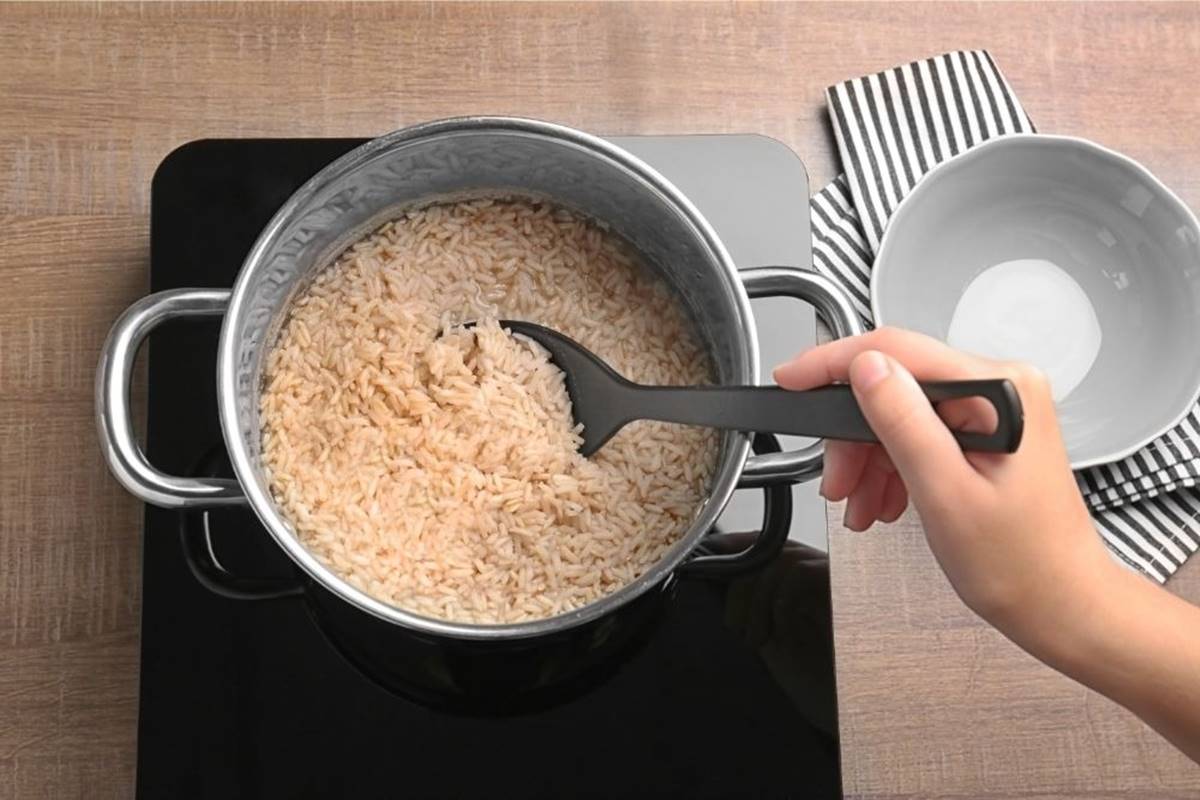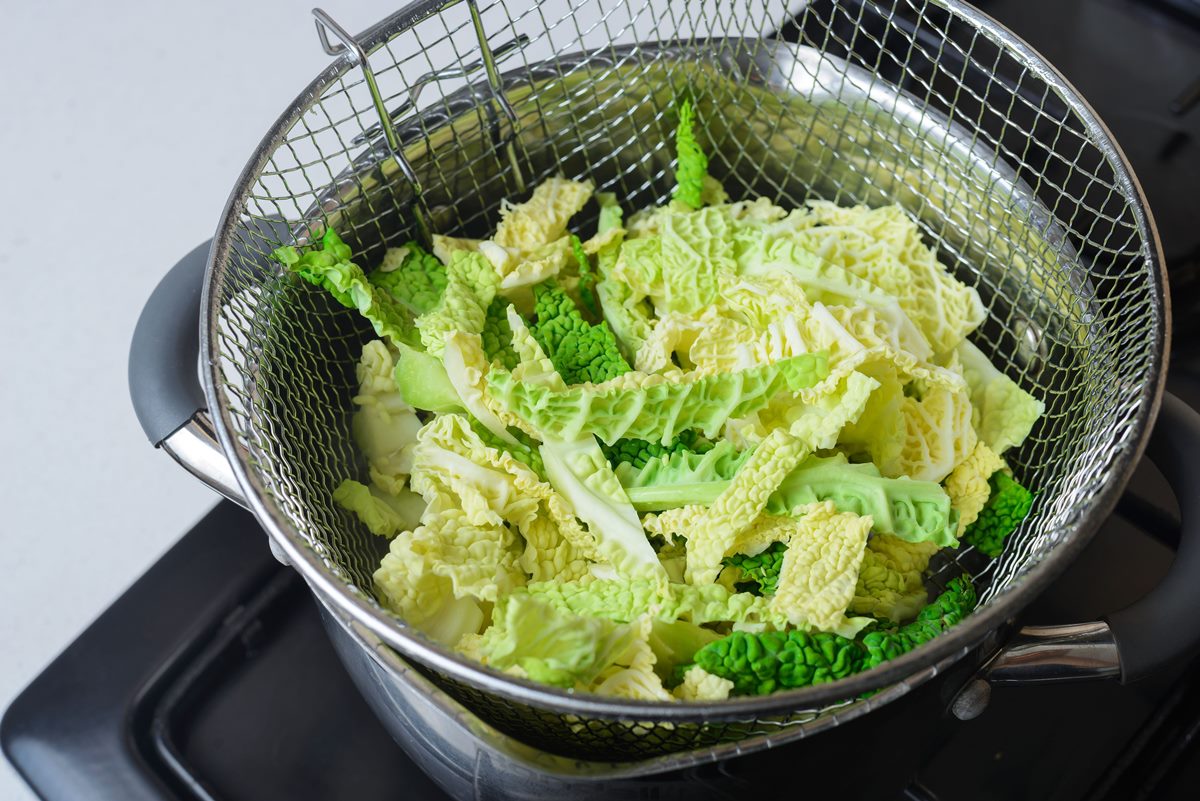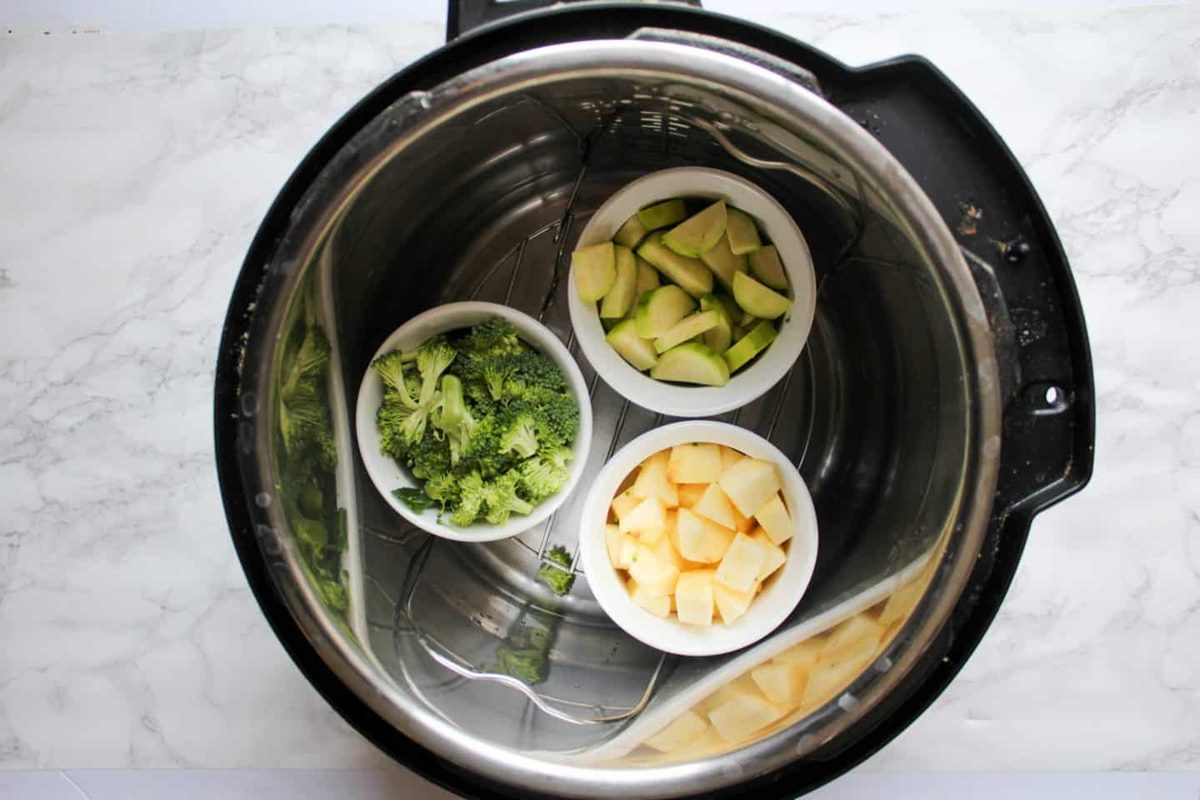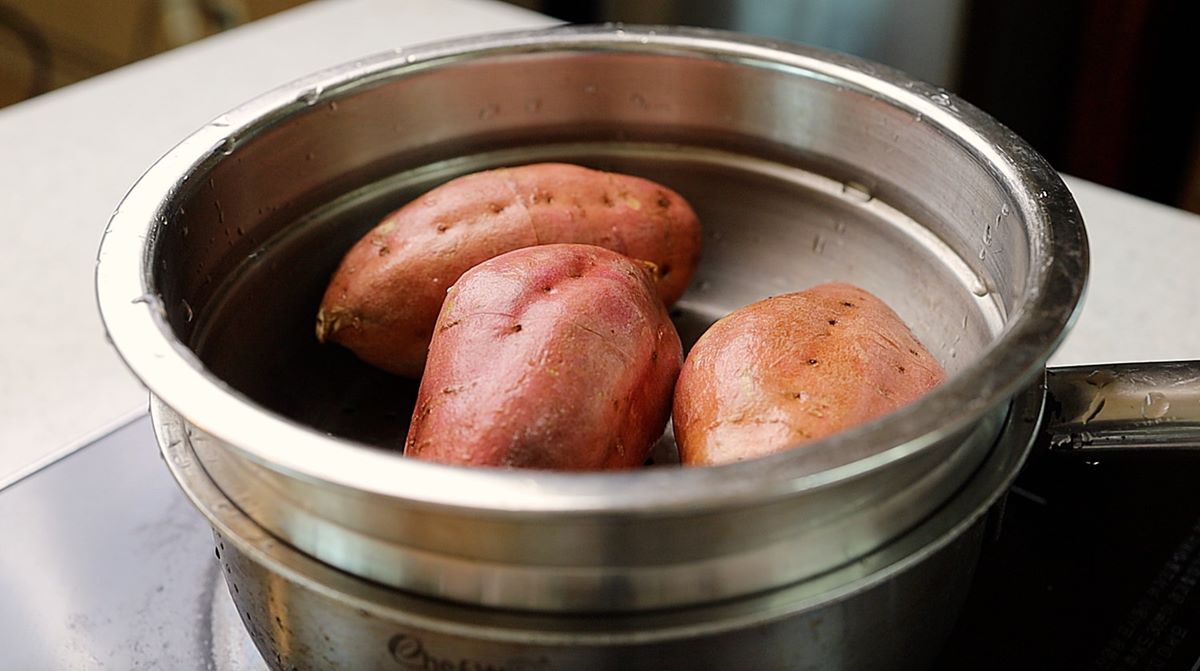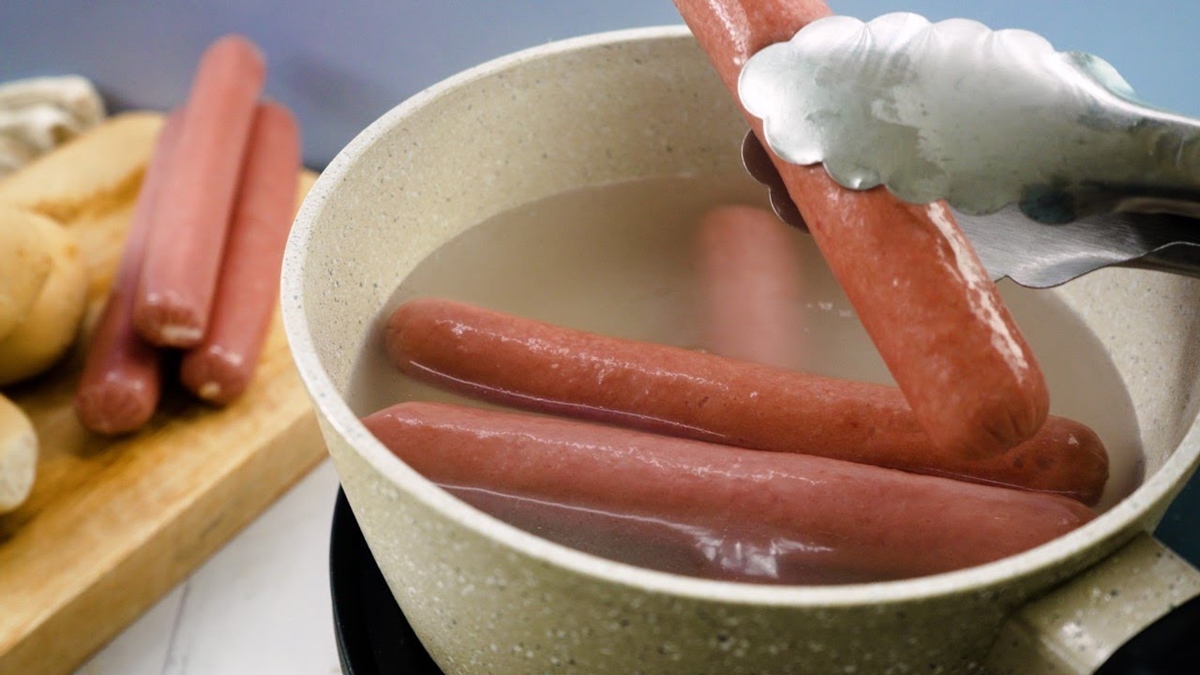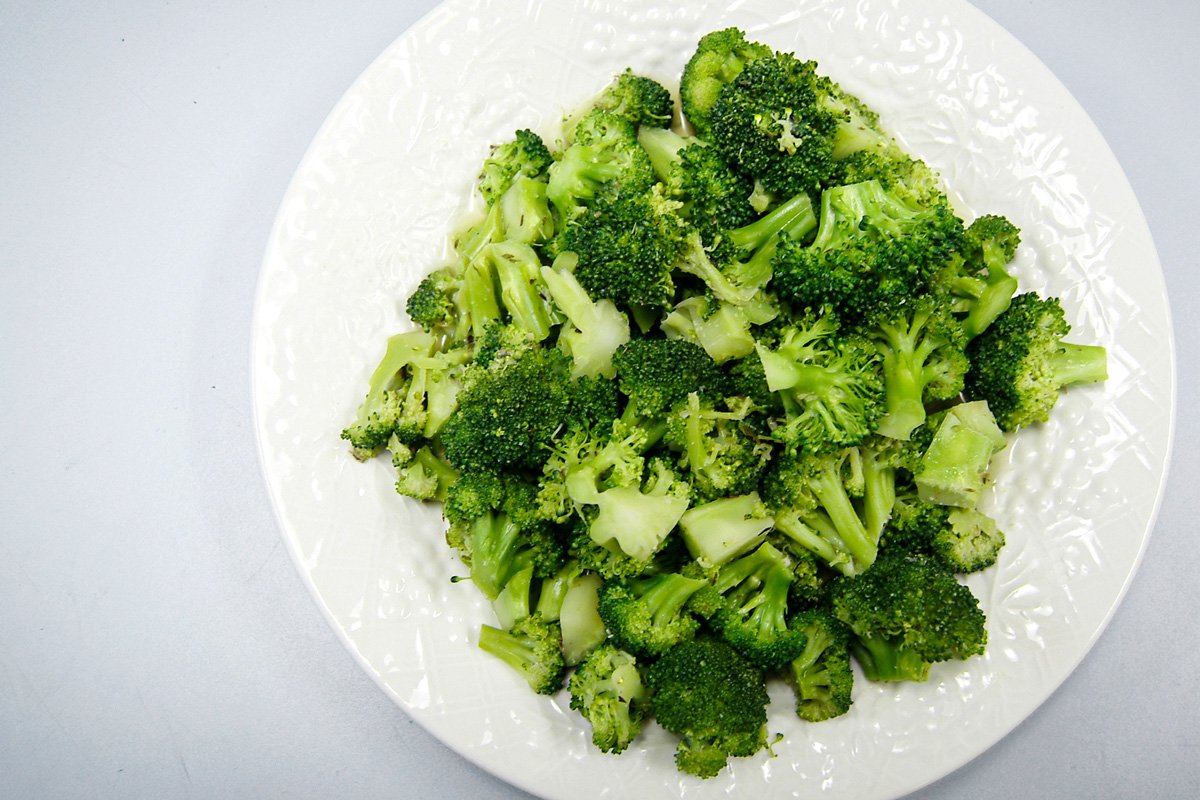How To Steam Milk For Coffee
Steamed milk adds a luxurious touch to your favorite cup of coffee, creating a creamy and velvety texture that elevates the overall experience. If you’ve ever wondered how to achieve that perfect frothy milk for your latte or cappuccino, you’ve come to the right place. In this guide, we’ll walk you through the steps of steaming milk like a pro, ensuring you get that barista-quality result right in the comfort of your own home.
Gather Your Tools
Before we dive into the process itself, it’s essential to gather the necessary tools:
- An espresso machine with a steam wand
- A stainless steel milk pitcher (preferably with a narrow spout)
- Cold milk (preferably whole milk)
- A thermometer (optional but helpful for precision)
Prep Your Equipment
Properly preparing your equipment is crucial for achieving the best results. Here’s what you need to do:
- Ensure your espresso machine is clean and in proper working condition.
- Fill your milk pitcher with cold milk, but be careful not to fill it more than one-third full. This allows enough room for the milk to expand when steamed.
- Attach the steam wand securely to your espresso machine.
- Place the tip of the steam wand just below the surface of the milk, avoiding any contact with the bottom of the pitcher.
Steaming Process
Now that you’re set up, it’s time to steam your milk:
- Position the steam wand tip slightly off-center in the milk pitcher, tilting it at a slight angle.
- Turn on the steam function, allowing steam to erupt and create a frothing sound. The milk will start to swirl and rise.
- Gradually lower the milk pitcher as the volume expands, keeping the steam wand just below the surface. This technique helps incorporate air and creates that velvety texture.
- Monitor the temperature using a thermometer. For a latte, aim for around 150°F (65°C), while a cappuccino benefits from a slightly lower temperature at approximately 140°F (60°C).
- Once the milk reaches your desired temperature, turn off the steam and remove the milk pitcher from the steam wand.
Texturing and Pouring
Now that you have silky steamed milk, it’s time to add the finishing touch:
- Tap the milk pitcher gently on the counter to remove any large bubbles.
- Gently swirl the milk to incorporate any remaining foam with the liquid milk.
- Hold the handle of the milk pitcher and pour the milk into your espresso shot, aiming for a steady and controlled stream of milk.
- As you perfect your technique, try your hand at latte art for an impressive visual display.
And there you have it, a comprehensive guide on how to steam milk for coffee like a professional barista. With practice, patience, and the right equipment, you’ll be enjoying cafe-quality beverages from the comfort of your own home. So, go ahead, brew that perfect cup, and savor every sip!
Was this page helpful?
Read Next: How To Steam A Crab Recipe

